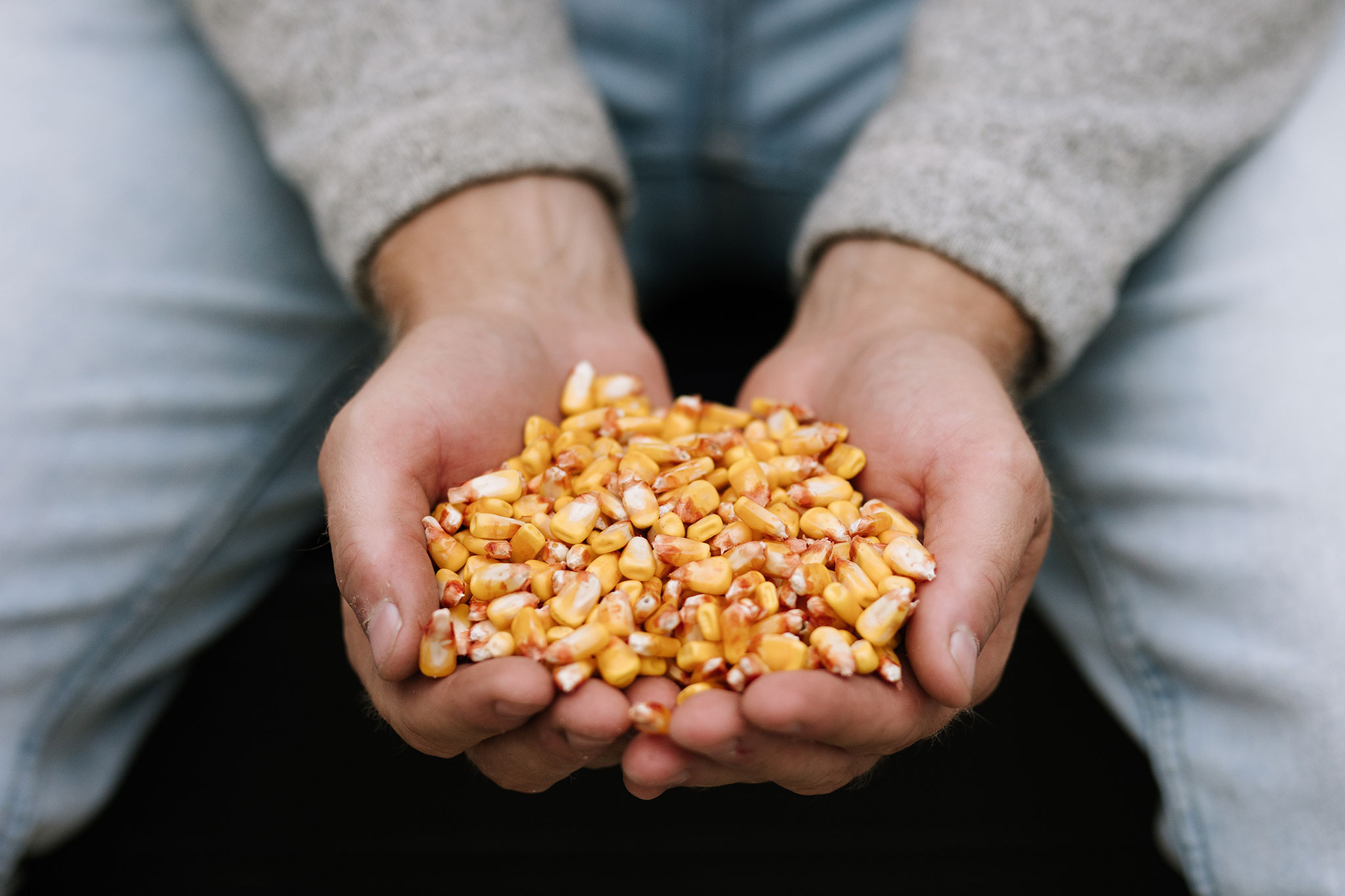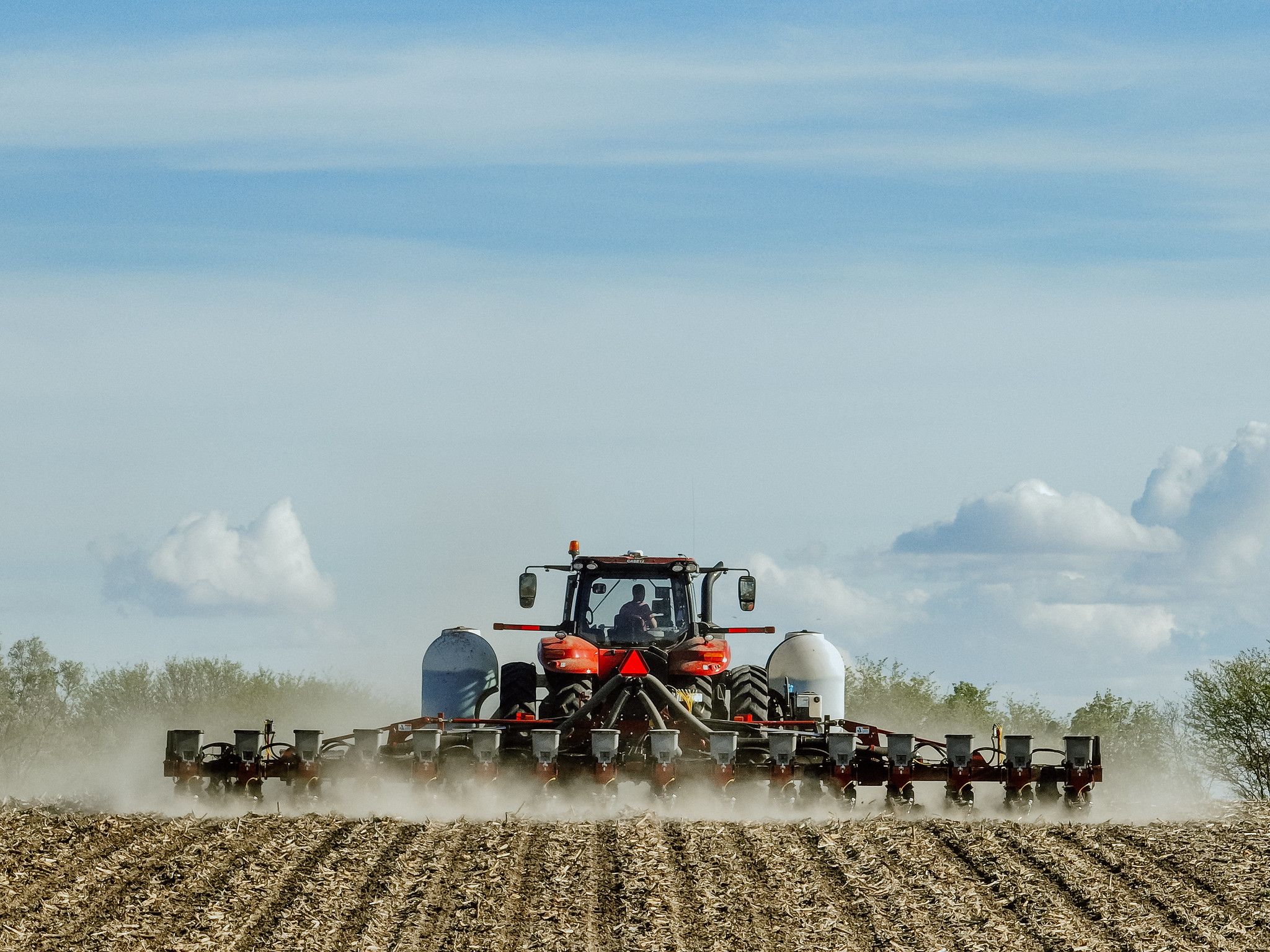Biofuels like ethanol are the future of carbon-reducing, renewable energy solutions for our cars, trucks and sport-utility vehicles. Nowhere is the demand greater for ethanol than in the state of California.
The ethanol Californians use doesn’t come from the Golden State. Much of it comes from Nebraska.
Why is Nebraska such a big supplier of ethanol for California? Here are several reasons corn farmers in the Cornhusker State have a key relationship with drivers in this West Coast market.
Why Does California Use So Much Ethanol?
Californians are the biggest consumers of ethanol in the United States. In 2022, the state of California sold more than 103 million gallons of E85—a gasoline-biofuel blend containing up to 85% ethanol, according to the Renewable Fuels Association. That was up 66% from the previous year and more than double the amount sold in 2019, which was the pre-pandemic record.
Additionally, the California Air Resources Board requires that all vehicle fuel in California must contain at least 10% ethanol.
This demand is a result of California’s commitment to reducing greenhouse gas emissions and promoting clean energy sources. Ethanol, being a renewable fuel derived from corn and other plant materials, fits nicely with those climate-friendly goals.
Additionally, California has a large population and a high demand for transportation fuels. To meet this demand sustainably, the state encourages the production and consumption of alternative fuels like ethanol.
Why Is Ethanol a Climate-Friendly Fuel Sought Out by California?
Ethanol has been shown to significantly reduce greenhouse gas emissions from vehicle exhaust compared to regular gasoline—lowering harmful emissions by up to 43%.
Ethanol gasoline blends are widely used around the country to reduce pollution and increase savings for consumers. The vast majority of gasoline sold in the United States is a blend of up to 10% ethanol, called E10, which is approved for any passenger vehicle on the road. Higher ethanol blends, such as E85, can be used in flex fuel vehicles.
How Much Ethanol Does Nebraska Make?
Nebraska is well-positioned to export ethanol to California. It is the second-largest ethanol producer in the nation, generating more than 2.25 million gallons and an economic impact of more than $4.5 billion, according to a 2022 report by the University of Nebraska-Lincoln.
Those numbers mean Nebraska makes enough ethanol to export it to other states.
Why Does Nebraska Supply So Much of California’s Ethanol?
California could get its ethanol from anybody, right? So, why buy from suppliers in Nebraska?
One reason is Nebraska’s farmers provide a bountiful supply of field corn, which is used to make ethanol, and the state has the production facilities needed to turn that corn into renewable, emission-reducing ethanol.
Another important factor is Nebraska’s farmers and leaders made significant investments in ethanol infrastructure, such as production facilities and transportation networks. This allows for efficient and cost-effective transportation of ethanol from Nebraska to California. The Nebraska Corn Board also has offered infrastructure grants for California fuel retailers, further strengthening the relationship between farmers and the California market.




